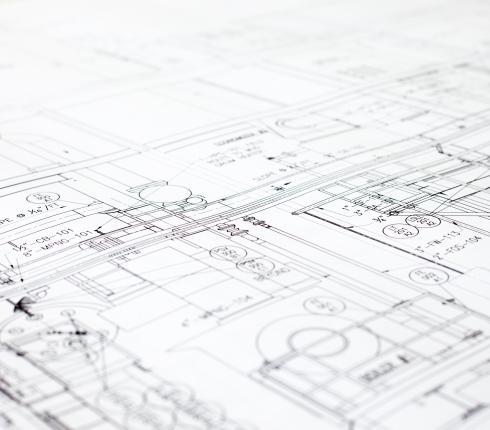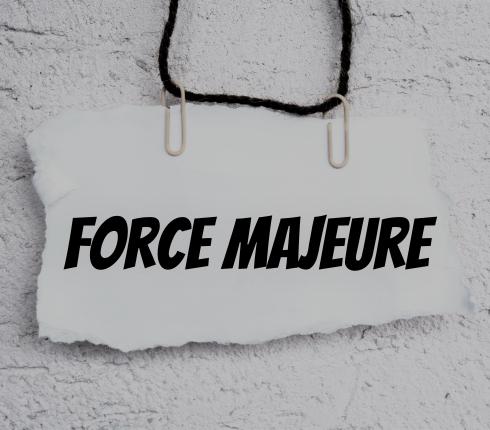NJORD Estonia: Liability insurance in construction – a magic wand to mitigate the risks of the contractor and the customer?
In the field of construction, it is inevitable that, by entering into a contract, the contractor will also bear the risk that the work carried out may subsequently reveal deficiencies or shortcomings. The elimination of those can be costly and may cause great financial loss to the customer. The customer, in turn, bears the risk that, in the case of a larger type of damage, the customer may not be able to enforce the claim against the contractor because the contractor does not have sufficient financial resources to compensate for the damage. Therefore, the question is, how can the contractor and the customer protect themselves against such risks?

In the case of construction and design contracts, it is common practice for the contractor to enter into an insurance contract to hedge the risks. This helps to ensure that, when an insured event occurs, the insurance company compensates for the damage caused. Sometimes, at the initiative of the customer, insurance is already required in the contract between the customer and the contractor. Liability insurance is a seemingly effective and simple way for the contractor and the customer to mitigate the risks associated with the compensation for the damage. Unfortunately, the devil lies sometimes in the details.
The terms of insurance contracts are commonly complex, and understanding their content often requires legal expertise. Therefore, unfortunately, there are occasions when, only after the occurrence of the loss event, the unpleasant truth that the damage caused is not subject to compensation by an insurer becomes clear to the contractor and the customer.
In order to prevent such an unpleasant situation, before entering into an insurance contract, special attention should be paid to which risks and what types of losses will be covered by the insurance. This will determine whether or not the damage is subject to compensation by the insurance company in the occurrence of a possible loss event.
Insurance contracts often contain a number of exclusions from the cases in which damages are not covered. For example, reimbursement of the costs related to the redesign or repair of non-conforming work may be excluded. Also, non-patrimonial damage or loss of profit is usually not subject to compensation.
In order for the contractor and the customer to have sufficient assurance that the insurance contract covers the risks important for the parties, it is reasonable to consult an expert before entering into the contract.





































